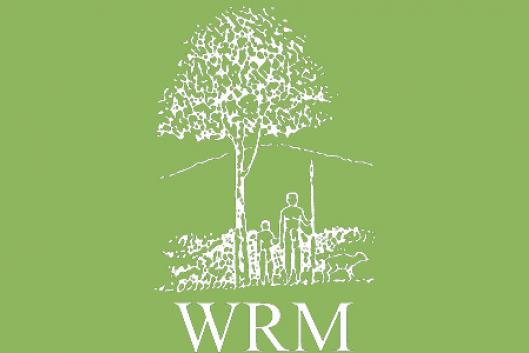Taiwan has many different ecosystems. Due to its complex topography and environment, the island is extremely rich in animal and plant life. On land, it has tropical coastal forests, evergreen broad-leaved forests, mixed coniferous and broad-leaved forests, coniferous forests, and grasslands. On water it has rivers, marshes, lakes, estuaries, sea coasts, coral reefs, etc., including wetlands.
Despite Taiwan's small size, it has quite a number of wetland areas, including Yuanyang Lake, Takui Lake, Hsiaokui Lake, the Taoyuan lakelets, Kuantu Marsh, Luchou Island at Wuku, and coastal mangrove swamps. Wetlands include lakes, marshes and other permanently or intermittently flooded areas. Mangrove swamps in Taiwan concentrate in the southwest coastal areas, e.g., nine in North Taiwan, five in Central Taiwan, and as many as seventeen in South Taiwan, totaling 22 mangrove swamps throughout the island.
The major portion of mangrove forests in Taiwan is located at the western coastal line. Two decades ago, extensive land was covered by mangrove forests composed of six different mangrove species. But today, there are only four species left at the shrinking sites.
In the past the decrease of mangroves was a result of wetland over use and wetland reclamation, but now devastating threats are industrial activities like fish farming, port constructions, land reclamations from the sea, industrial zones, tourism, environmental pollution, expanding residence sites, and infrastructure developments.
Local groups involved in mangrove and wetland protection are implementing conservation initiatives, and local governments governing mangrove areas are transforming mangroves into windbreaker forests, but mangroves are still being damaged and decreasing rapidly as a result of the prevailing development model. Mangrove protection in Taiwan therefore requires major changes in economic development to make it compatible with conservation efforts.
Article based on information from: “Conservation of Mangroves in Taiwan”, MAP News, 154th Ed, April 24, 2005, sent by Alfredo Quarto, MAP, e-mail: mangroveap@olympus.net
